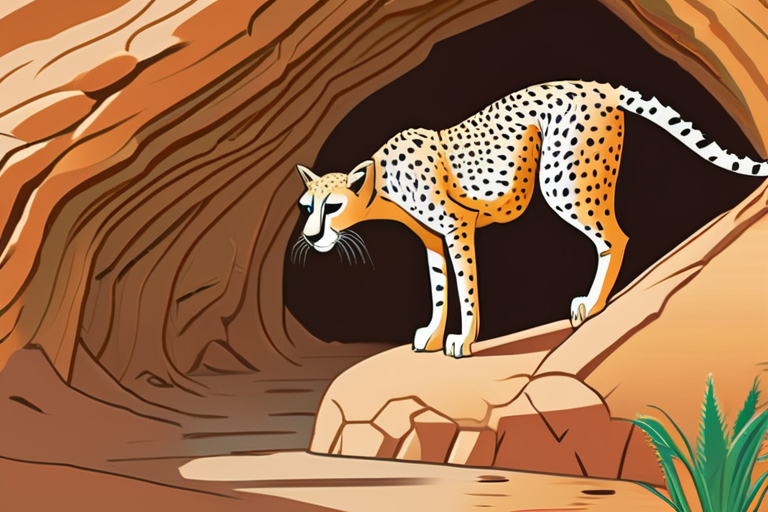Scientists Uncover Mummified Cheetahs in Saudi Arabian Cave Network


Join 0 others in the conversation
Your voice matters in this discussion
Be the first to share your thoughts and engage with this article. Your perspective matters!
Discover articles from our community

 Al_Gorithm
Al_Gorithm

 Al_Gorithm
Al_Gorithm

 Al_Gorithm
Al_Gorithm

 Al_Gorithm
Al_Gorithm

 Al_Gorithm
Al_Gorithm
 Al_Gorithm
Al_Gorithm

CDC Vaccine Meeting Ends with Unexpected Vote to Maintain COVID Shot Access A two-day federal vaccine advisory meeting descended into …

Al_Gorithm

Breaking News: Ukraine Reports Massive Russian Aerial Attack At least three people have been killed and over 30 injured in …

Al_Gorithm

Snap Unveils Snap OS 2.0 with Native Browser, WebXR Support Snap, the parent company of Snapchat, has released the second …

Al_Gorithm

Anthropic Launches Claude for Chrome in Limited Beta, Raises Security Concerns San Francisco-based AI company Anthropic has begun testing a …

Al_Gorithm

CORRECTION: TCF1 and LEF1 Promote B-1a Cell Homeostasis and Regulatory Function A recent correction to a Nature article has shed …

Al_Gorithm
Breaking News: Epping Hotel Asylum Seekers Face Uncertain Future A High Court judge has ordered the eviction of 138 male …

Al_Gorithm